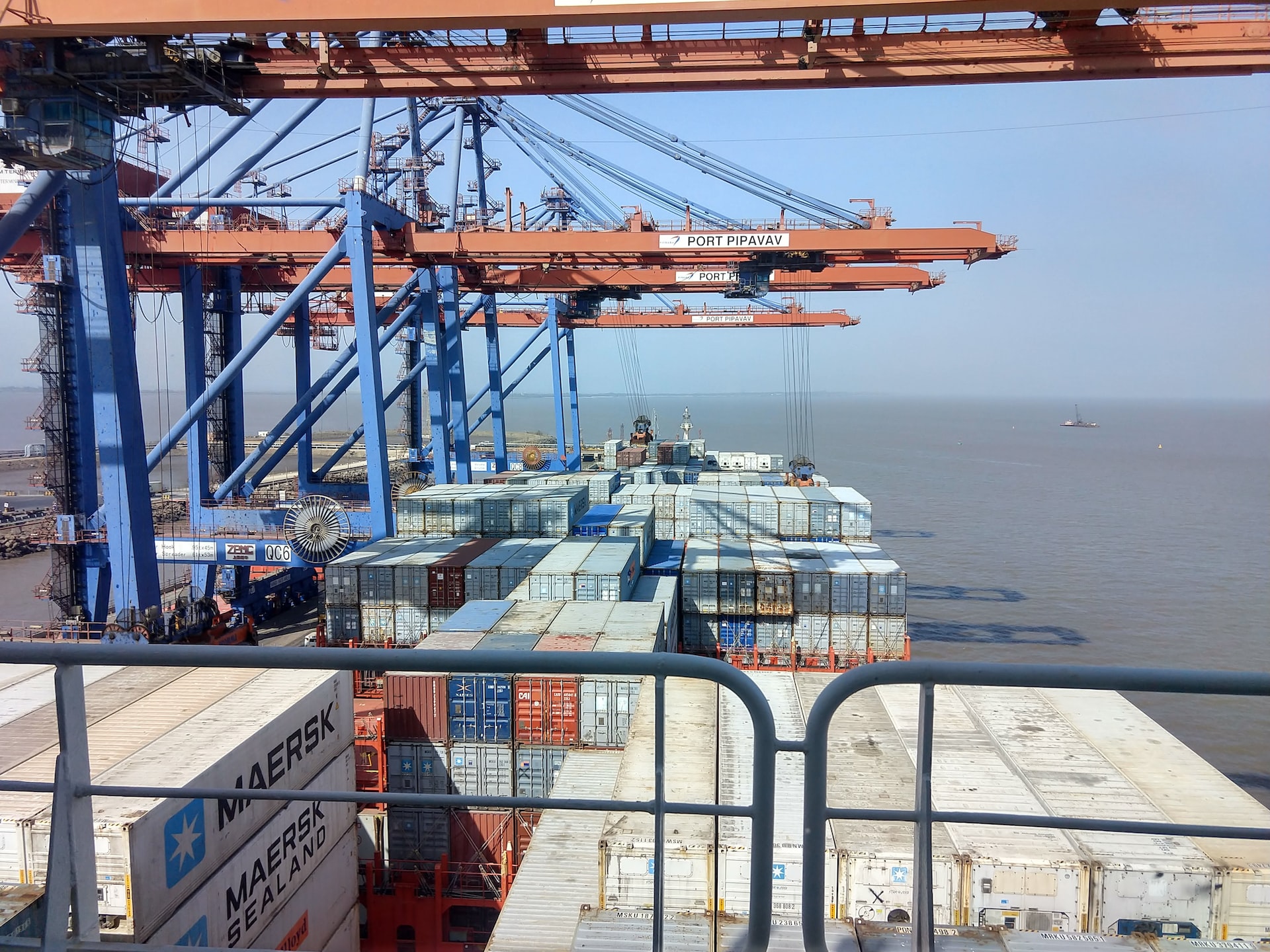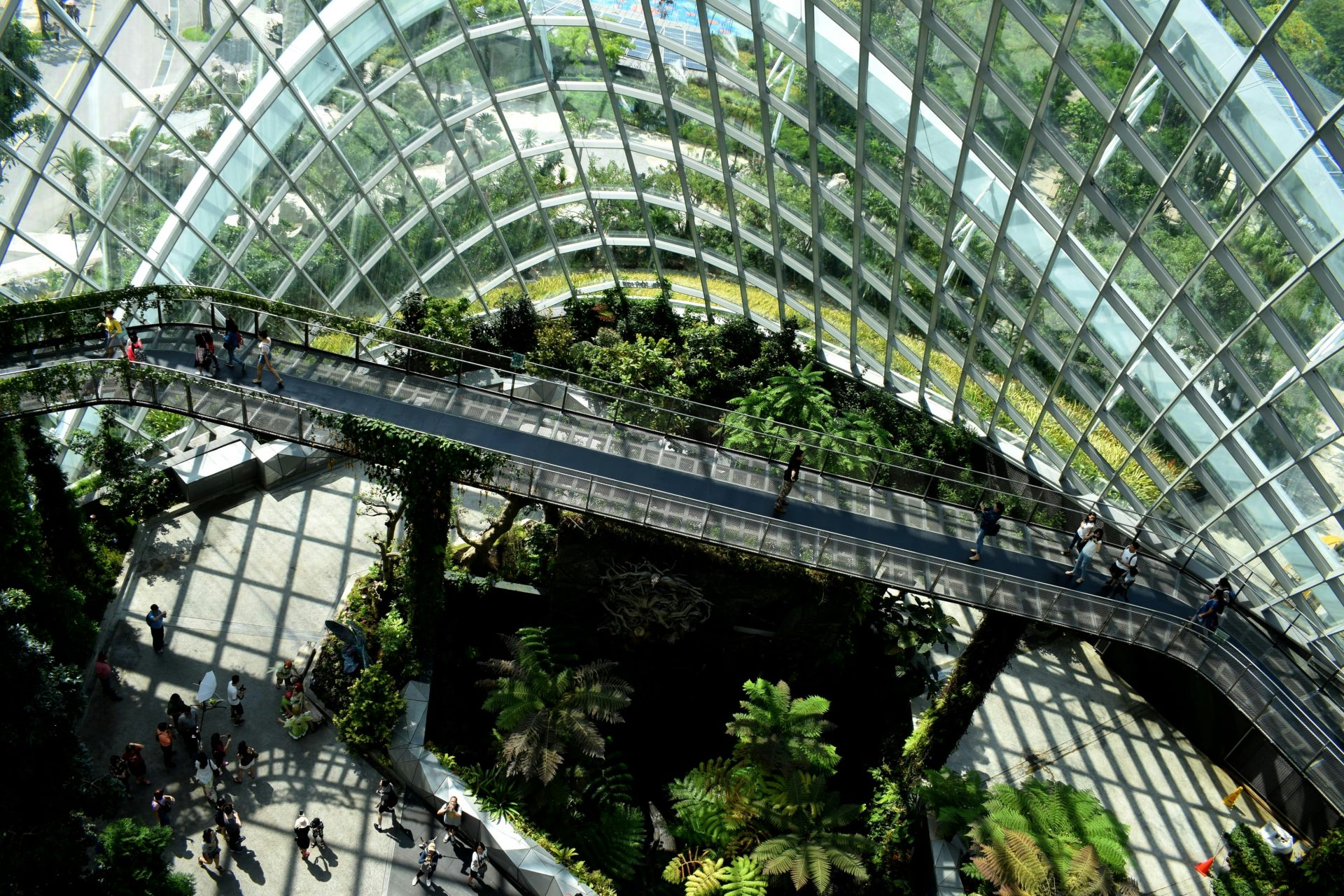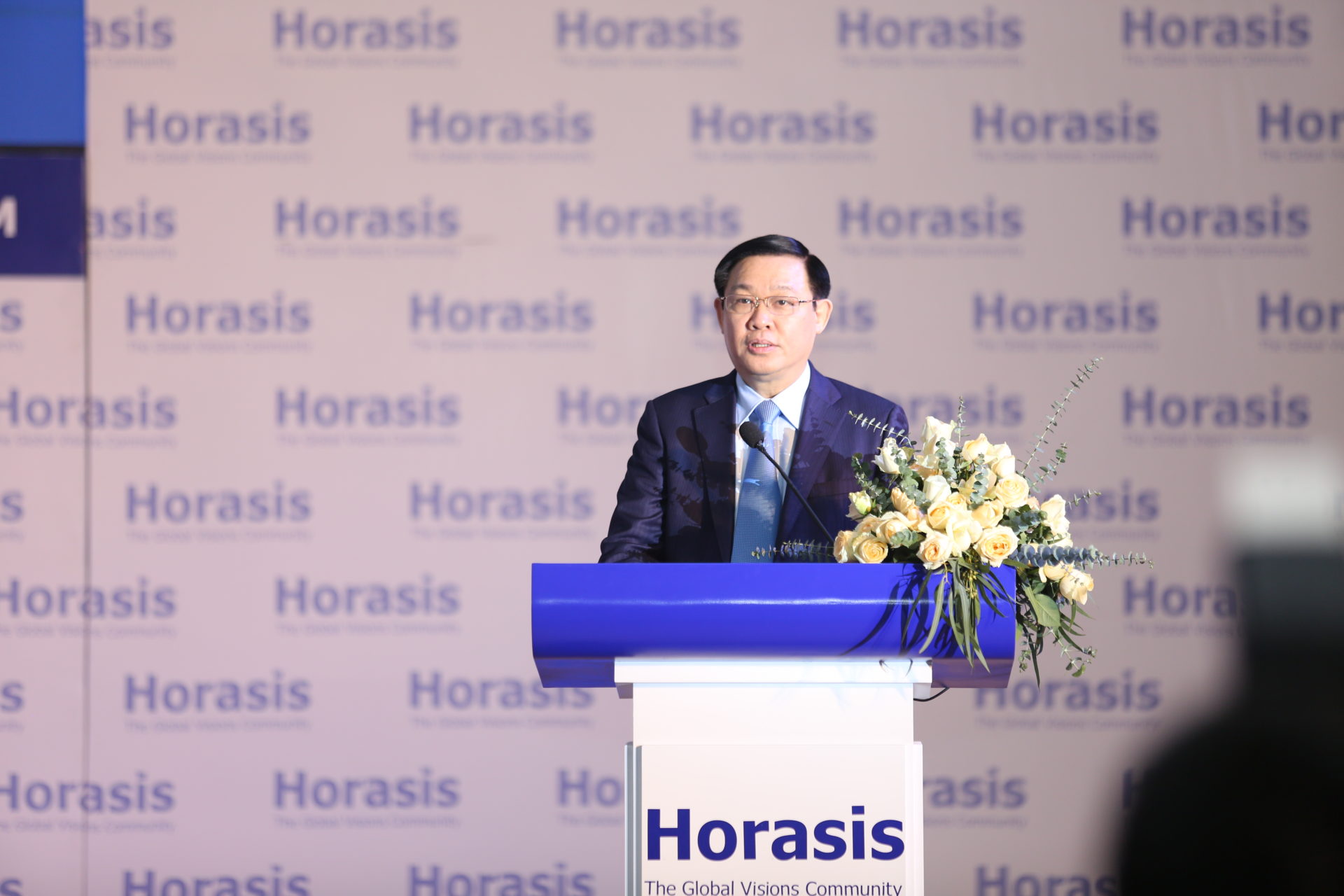Infrastructure Planning: Supporting Economic Growth
Robust infrastructure is an important pre-requisite for a thriving economy. For any developing country or region, basic infrastructure, catering to both national and international needs are vital. Port infrastructure is necessary to facilitate trade. It is also a vital job generator.
Similarly, airport infrastructure is vital for the movement of people and cargo. The dawn of e-commerce has further boosted the cargo infrastructure sector, which includes warehouses, cargo movement and handling, and other related sectors.
The need for investing in new age infrastructure cannot be debated, much so now to be better prepared for future crises. This is one of the topics being discussed in the upcoming Horasis India Meeting, being held between 25 to 26 September, 2022 in Vietnam. The themes discussed in the meeting will center around geopolitics, impacts of COVID-19, and the pressure being faced by global and national economies. The event will host 300 of the most senior members of Horasis, who will deliberate ways in which developing economies, particularly India and Vietnam can realize a sustainable and resilient future.
Benefits of New-age Infrastructure
One most vital infrastructure that many countries overlook is health. The importance of health infrastructure came to the fore amid the pandemic. News of lack of ICU beds to treat COVID-19 cases, lack of PPE kits and masks for healthcare professionals were common across the world, more so in developing economies.
In the second wave of COVID-19 that hit India around the second quarter of 2021, the country ran out of hospital beds and oxygen. The Chief Minister of the nation’s capital, Delhi said in a video statement that that there were only “100 beds left” in the capital, and also the state faced an “acute shortage of oxygen”.
India lacks proper healthcare access and the onslaught of the pandemic led to the government planning to strengthen its health infrastructure. One such example is the introduction of Ayushman Bharat, a public health insurance fund, providing healthcare to millions of people in the country. The initiative will yield major outcome such as increased healthcare benefit for 40% of India’s population and health coverage of INR 5 lakhs (US$6,315) for each family.
Vietnam has also set ambitious targets to digitalize its economy. On its path to build a safe national digital infrastructure, the country plans to have 100,000 digital technology enterprises by 2025, of which 10 will be leading firms, with a turnover of over US$1 billion each. By 2030, Vietnam plans to complete the building of a digital government and expects the proportion of the digital economy to reach 30% of the GDP.
Multimodal Connectivity
Multimodal connectivity projects bring with it several benefits. The obvious of which is less time and effort required for movement of goods, services, and people. This seamless movement of people, goods and ideas also help greatly the development of socioeconomic conditions in the areas along the multimodal connectivity projects.
The advent and success of e-commerce points to a growing need for more multimodal projects to join the economies that dot the developing Asia region. It will be crucial and beneficial, not only for movement of goods and services, but will also open up paths to the development of better regional security and co-development among developing Asian countries.
Vietnam and Laos are in talks to build multimodal transportation projects between the two countries. One of the projects entails a railway line that will connect the capital city of Laos to Vietnam’s sea port Vung Ang, in addition to an expressway that will link the capital cities of both the countries.
Laos is not new to understanding the need for developing multimodal projects to transform its country from land-locked to land-linked. It has already a high-speed railway running from Vientiane, its capital city, to China. As of April 2022, “about 2.25 million passengers and 1.31 million metric tons of cargo had been transported on the line since its opening.”
India announced its multimodal connectivity plan in October 2021. Under the plan PM Gati Shakti National Master Plan, India’s Ministry of Road Transport and Highways plans to develop 22 Greenfield expressways, 23 key infrastructure projects, and 35 multimodal logistics parks. This plan is in keeping with the country’s grand vision of transforming into a US$5 trillion economy by 2025.
Make Locally Sell Internationally
Investing in multimodal connectivity projects will fulfill the vision of both India and Vietnam in strengthening its manufacturing capabilities, making it a global export hub. This push could work the same charm as it did for China, when it started opening its economy to multinationals to set up their manufacturing facilities. This made China a global powerhouse in terms of export capabilities and also developed its national branding internationally.
Both India and Vietnam will need to develop these multimodal projects but ensure that such projects are both environmentally and socially sustainable, further leveraging its benefit socioeconomically. This will greatly help in kickstarting the post-COVID recovery process in both India and Vietnam.
Photo Caption: Pipavav port in Gujarat, India.




